(25 products available)













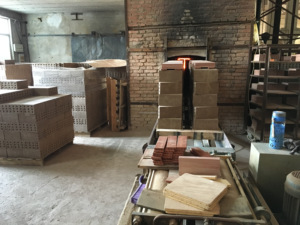
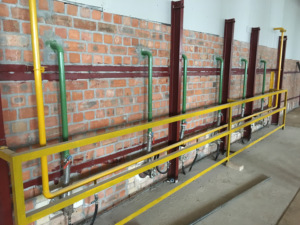





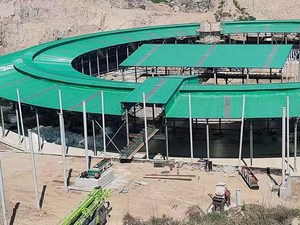


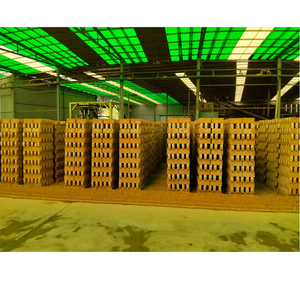










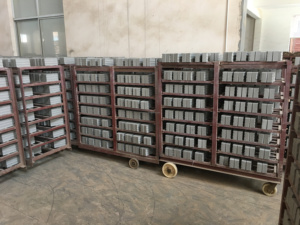







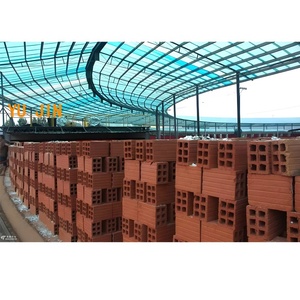


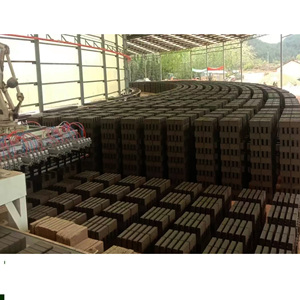


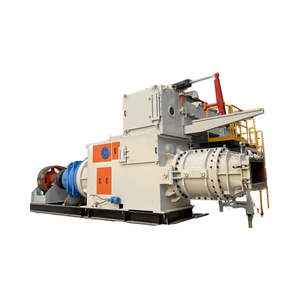



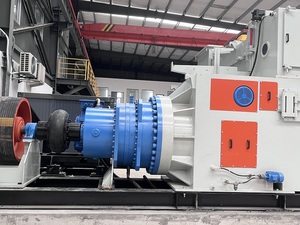





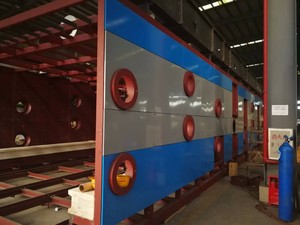

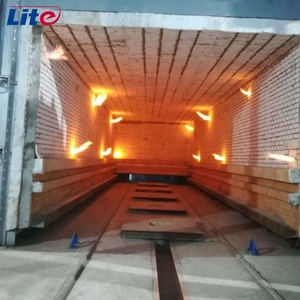

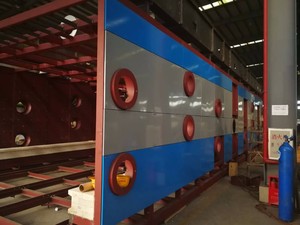
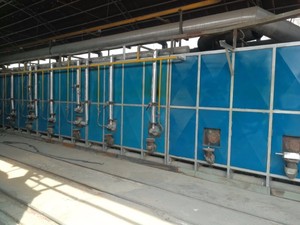
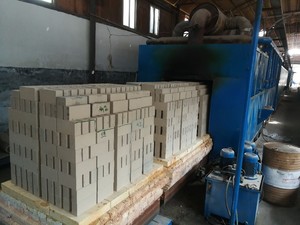

A pusher brick making machine is a popular choice in large-scale brick manufacturing. Several models of the pusher are available to accommodate different requirements.
Pusher-driven extruder:
The pusher-driven extruder is where the material is consistently fed from a small bin to a large bin with the use of a pre-cutter, feeder, and cutter. Once the material moves past the feeder, it is then shaped into the final product using a mold. The shaped product is then cut by the cutter for final use. In this case, the 'push' is used to describe how the material is moved for bin to use through an externally controlled force from the pushing system.
Double Pusher:
A double pusher refers to a feature in a control circuit in which two push buttons are used to drive or control an electrical circuit. Often throughout the day, it becomes necessary to start and stop certain operations. Instead of using a contactor or solid-state device to interrupt the circuit, a double pusher is commonly used to interrupt the flow of electricity. The double pusher is an important feature in the control circuit as it allows people and operators to control the flow of electricity throughout their day-to-day usage.
Single Pusher:
Usually depending on the operation or immediate use, a single pusher control is utilized to change or control how something moves. An example could simply be to start to move forward. Everything is push controlled, whether it is an electronic part or even a vehicle functionality, from the single pusher. Generally, it would be the main force used to control everything else.
Production capacity:
The production capacity of a pusher brick-making machine can widely vary based on some factors, including the machine model, size, and configuration. Generally, the capacity can range from several thousand to tens of thousands of bricks per day.
Power requirement:
The power of the pusher brick-making machines also can vary widely based on the machine's size, production capacity, and configuration. It is typically measured in kilowatts (kW) or horsepower (HP). The power requirement can range from a few kW to several tens of kW.
Dimension:
The dimension of pusher brick-making machines also varies widely based on the model and size. For example, the length of machine models can range from around 3 meters to more than 10 meters. The width can range from around 2 meters to more than 5 meters, and the height from around 2 meters to more than 4 meters.
Raw materials:
The raw materials suitable for pusher brick-making machines depend on the machine type and configuration. For example, some machines are suitable for clay, shale, coal gangue, or other materials.
Regular maintenance of the pusher brick-making machine can ensure optimal performance and longevity. Here are some maintenance tips:
The main advantage of using a pusher stick is that it increases the efficiency of brick production. This has made it popular among industrial-scale brick manufacturers who produce large volumes of bricks daily. However, this does not mean that it can only be used in large-scale production settings. Small-scale production facilities can also use it to make a larger quantity of bricks than they would using manual methods.
Due to its ability to produce large volumes of bricks, it is commonly used in the construction of large-scale public works projects that require a substantial number of bricks within a specific timeframe. Some examples include schools, hospitals, government buildings, and infrastructure projects such as road construction or bridges. These are just a few examples of where the pusher brick maker is commonly used. Other large-scale construction projects that require high-quality, durable bricks can also use it.
Its uniformity and efficiency make it ideal for use in areas where large-scale construction projects are ongoing. Pusher brick-making machines can produce thousands of bricks daily. Their consistent quality helps to meet the high demand for building materials in these rapidly growing areas. Some examples include suburban developments, urban renewal projects, and new housing developments. Bricks made with a pusher brick-making machine are highly versatile. They can be used in a wide variety of construction applications ranging from residential homes to commercial buildings, schools, hospitals, and infrastructure projects.
When choosing pusher brick-making machines for sale, buyers should ensure they have extensive research on the target audience. They've to look at the capacity, automation, and fuel type of the machines they're purchasing.
Buyers should match the capacity of the pusher brick machine to the needs of their target customers. In most cases, machines with higher capacities tend to be more expensive. Buyers should also consider the automation level of the machine they want to purchase. A fully automated machine requires minimal labor input during the manufacturing process.
Generally, it controls the feeding, molding, drying, and firing of bricks. It is operated by a push controller, which pushes green bricks through the kiln in sequence. However, buyers should note that both semi-automated and fully-automated machines require some degree of labor. The presence of skilled labor can also determine the level of automation for a brick-making machine to be used in a community.
Brick buyers should consider the fuel type of the machine they're buying. This includes coal, wood, gas, and electricity. Coal and wood-fired kilns are traditional methods that many customers are familiar with. However, buyers will have to find a machine suitable for a customer with access to electricity and gas lines.
Determine whether customers will be located in urban or rural settings. Urban customers might prefer machines that don't produce a lot of smoke, such as those using diesel or solar energy. In rural settings, which are more widespread, wood-fired kilns would be a great option.
Q1: How much production does a pusher kiln have?
A1: A typical pusher kiln will produce around 750 tons per week.
Q2: How does a pusher brick making kiln work?
A2: A pusher kiln is based on the same principle as a down-draught kiln in which the newly charged section is built sequentially through the kiln. In a pusher kiln, however, the area where bricks are fired is pushed into the area where bricks are being loaded, following an inverse motion of the piston.
Q3: Is it environmentally friendly to use brick kilns?
A3: The environment is not considered to be friendly since a lot of carbon dioxide is emitted in the process of making bricks through the kiln.
Q4: Can one install solar brick kiln technology in all locations?
A4: No, the solar brick kiln technology can only be installed in specific locations where the availability of sunlight is essential in making the bricks.